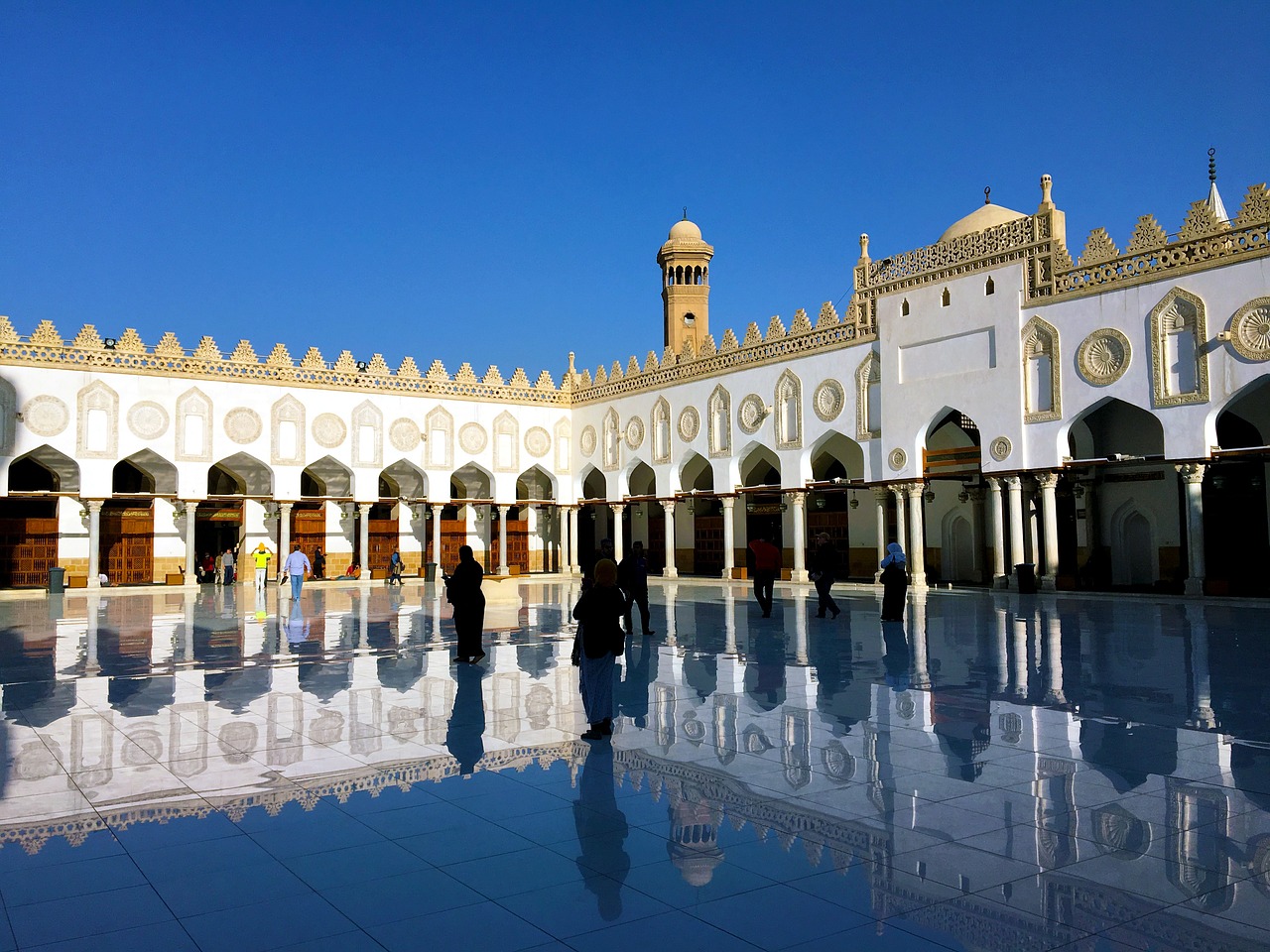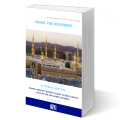
Al-Azhar Mosque, an enduring symbol of Islamic heritage, stands as a testament to centuries of history and architectural marvel. Its roots trace back to the Fatimid dynasty, and it continues to radiate its cultural and spiritual significance in the heart of Cairo, Egypt. This narrative takes you on a detailed journey through the construction, restoration, and extensions that have shaped Al-Azhar Mosque into the revered institution it is today.
Al-Azhar Mosque, an embodiment of centuries of Islamic heritage and architectural splendor, continues to inspire awe and reverence. Its journey through time, from its inception in the Fatimid era to the modern day, is a testament to the enduring importance of this sacred space in the hearts of Muslims and the history of Cairo, Egypt. As a living monument, it serves as both a place of worship and a symbol of cultural richness, inviting all to explore its rich history and marvel at its architectural grandeur.
Read more: Great Mosque of Xi’an
The Al-Dirassa Institute provides a range of online courses in Arabic, Quran, and Islam tailored for non-Arabic speakers. To enroll in our courses or learn more, please don’t hesitate to get in touch with us today.
Discover the experiences of our delighted clients who have thoroughly enjoyed utilizing this standout feature.
Alhamdulillah I‘m very pleased with the arabic and Qur’an lessons I receive from teacher Umm Tasneem and I‘m also content with the al-dirassa administration team who were very quick in answering any questions I had. In a month I progressed a lot and I cannot wait to continue my studies with al-dirassa. May Allah reward everyone at al-dirassa.
Verified review - view original
My Qur’an teacher is fantastic, she teaches me in a loving and kind way where I look forward to the lessons and learn so much. My Arabic teacher is equally as nice and has a lot of patience with me, she has great expertise in the field and I’ve progressed really quickly with her. Thank you Al-dirassa!
Verified review - view original
Don’t want to go through the translation anymore?
30 free minutes with your qualified Egyptian teacher.

Al-dirassa Institute offers you a gift to help you begin your journey to being fluent in Arabic and learning the Quran.

Al-dirassa Institute offers you a gift to help you begin your journey to being fluent in Arabic and learning the Quran.